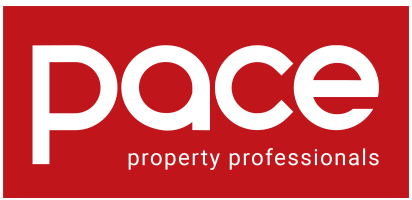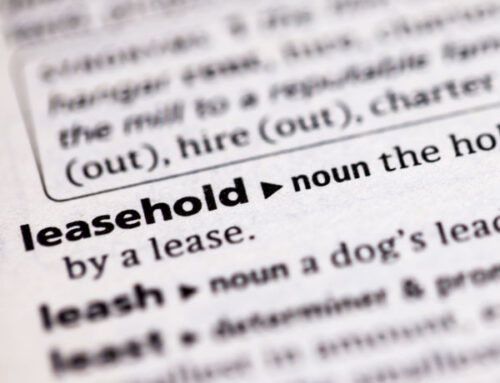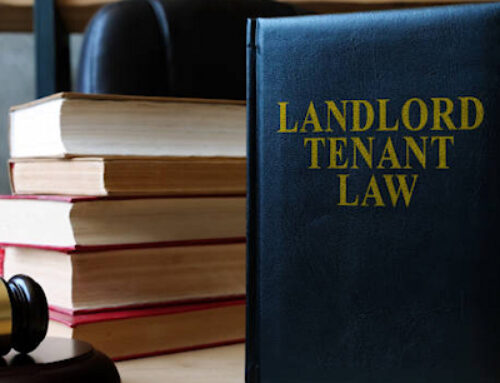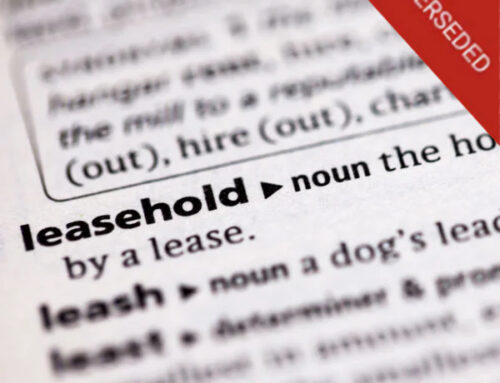The past 18 months have seen dramatic changes in the housing market with reports of the market entering its biggest slump in 50 years. While in the long term, investments in properties can still be a lucrative venture, home owners have seen a marked decrease in value of their properties.
The past 18 months have seen dramatic changes in the housing market with reports of the market entering its biggest slump in 50 years. While in the long term, investments in properties can still be a lucrative venture, home owners have seen a marked decrease in value of their properties.
This is where our expertise in taxation comes in useful as we explore the possibilities to save money on your buy-to-let investments.
Rent a Room Scheme
Income generated from the letting of a furnished accommodation which is part of your main residence is exempt from tax, provided that the rent – before any deductions or expenses – does not exceed £4,250 in the tax year in question.
The stipulation to this is that the property must be used as a main residence at some point in the relevant period for the exemption to apply.
If the gross rent does exceed £4,250 in a tax year, you can opt to be assessed on the amount by which the gross rent exceeds the un-taxable amount or alternatively, you can opt to be assessed in the normal way after drawing up a statement of income and expenses. Similarly, if expenses exceed income you can elect for the exemption not to apply so that tax relief can be obtained for the loss.
A two points to bear in mind are:
- Rent-a-room scheme only applies to residential and not commercial letting.
- With the scheme, you won’t be able to claim any expenses relating to the letting (for example, wear and tear, insurance, repairs, heating and lighting).
Repairs
Expenditure on repairs is allowable as a revenue expense for income tax purposes, provided that the work carried out does not represent a home improvement project.
HM Revenue & Customs (HMRC) will normally accepts that repairs do not constitute an improvement merely because more modern materials are used, such as when a single-glazed window is replaced by a more modern double glazed one.
An example of an improvement work would be work carried out on a roof, where instead of simply restoring the roof to its original condition, new windows are installed as part of a loft conversion.
Expenditure in relation to improvements, additions or extensions to a property is capital and is added to the cost of the property for Capital Gains Tax purposes.
As a general rule, the replacement of part of an asset is a repair but the replacement of an entire asset is likely to be capital.
Joint buy-to-let properties
There is a leeway to pay less tax on a jointly-owned property. This generally applies to married couples who co-join a property whereby the husband (or wife) makes substantially more than the other spouse.
If this applies to you, to continue earning from the capital and income from such a property, the best way forward is to reduce the amount of tax paid on it. You could actually halve your tax bill with 1% property transfer.
To do this, you need to transfer a very small part of the property to your spouse from as little as 1%. You will need the help of your solicitor in drafting the paper work. He will put the property into the joint names of both of you, and execute a deed of trust recording the fact that you continue to own practically all of it, with you jointly owning it in the ratio of 99:1
Following that, you will continue to receive nearly all of the income and, should you ever decide to sell the property, you will receive almost all of the proceeds.
The explanation to this is that you are only taxed one-half of the income garnered from the property. This is due to a special provision by the HMRC that applies to only married couples whereby when a husband and wife hold an asset jointly, then whether or not it is owned by them in equal shares, the income from it is taxed upon them equally.
Further to this, if your spouse is not employed or makes less than the current personal income tax allowance of £7,475 there could be no tax to be paid on their half of the income.
Interest on mortgage or loans of buy-to-let property
Interest on a mortgage or other loan incurred for the purposes of property letting is an allowable deduction for tax purposes.
The loan need not be matched with a particular property, so if several properties are let, interest on a loan for a property which had been sold would still be deductible, provided other properties continued to be let.
Interest may sometimes be deductible on loans used for other purposes. In particular, interest on any loan up to the value of the property when it was first let will be allowable.
As an example, let’s say your property is purchased as a private residence for £200,000 with a mortgage of £150,000 but is let and sometime later it is worth £300,000. Should you take an additional mortgage of up to £150,000, an interest on the full £300,000 would be allowable.
To summarise, we’ve made a list of allowable expenses on your tenanted property:
- Accountancy expenses
- Advertising
- Agent’s letting fees
- Bad debts
- Bank charges
- Caretaking
- Cleaning
- Council Tax
- Debt collection
- Electricity
- Energy-saving insulation or draught-proofing
- Gardening
- Gas
- Ground Rent
- Insurance
- Interest
- Inventory
- Legal Fees
- Maintenance charge
- Management charge
- Postage and stationery
- Repairs
- Security
- Telephone
- Water rates
- Wear and tear on furnished accommodation
When you sell a buy-to-let property
Where you decide to sell a property which has at some time during the period of ownership been your home there are important things to consider. For instance, in calculating the profit on the sale of the property you would need to deduct for the proceeds of sale the purchase price of the property along with the legal and other costs and you would claim relief for capital costs (costs of improvements).
In addition, relief can be claimed for the period that the property was your home and the last 18 months of ownership. If you are able to claim for relief because the property has at some point been your home (Principle Property Relief) a further relief is available in the guise of the Lettings relief which could be worth up to £40,000 further deduction ( £11,200 tax). We would strongly recommend that you take professional tax advice at this point.
Please contact us to be connected with a reliable expert in this field.








